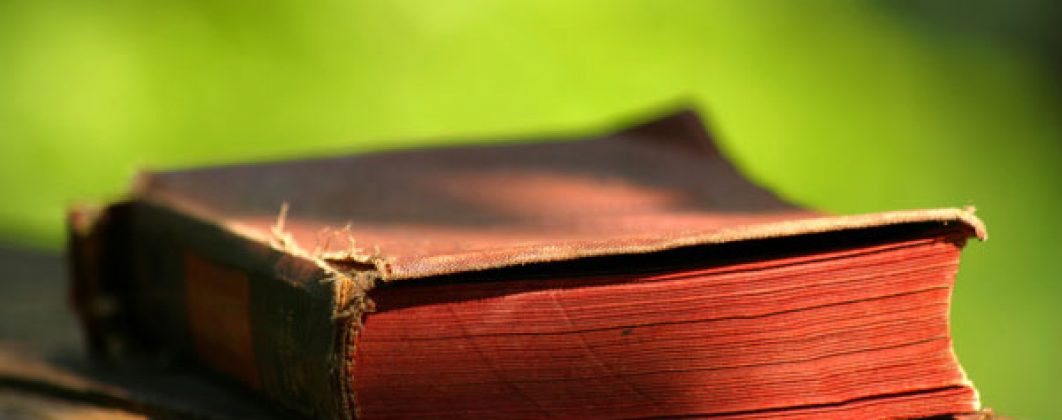
With computers and e-readers, you would think that no one really cares for books. But antique books are just as significant now as they were twenty years ago. It’s one thing that the first editions of newer books are sold for very high prices, antique books are far more rare and precious and storing them in good conditions only increases their value manifold.
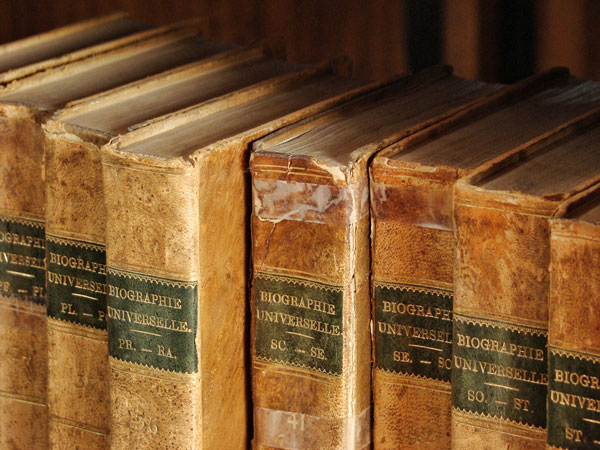
Books from the late 20th century onwards, being relatively new, are easier to maintain. But the old ones, especially from the 19th and the early 20th century are more prone to deterioration and degradation because of light, air and water. It is really important to keep a few things in mind when preserving old books, most important of which is the environment. Keep them at a stable environment with temperatures that are neither too cold nor too hot. While the ideal suggestion is to keep them at about 20 degrees Celsius, make sure you contact a book binder to check your book and the material before setting a temperature of storage.
A lot of readers have told us that they have old books and manuscripts and they have no idea how to care for them. So, we have done our research and here are some expert tips on what you can do to ensure your books stay the way they are meant to.
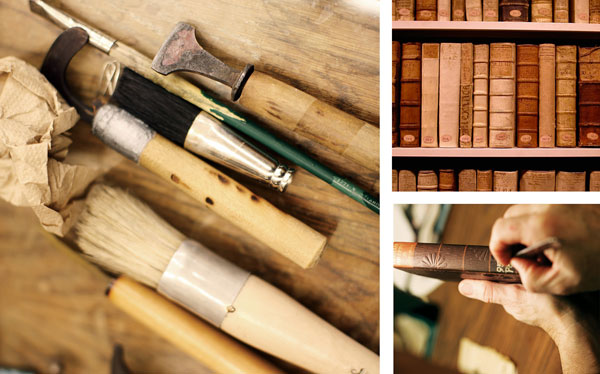
1. Make sure that your book is stored away from the direct sunlight and heat. This is because there is a chance that the light will bleach the paper and ruin it. Make sure that they are kept away from ultra violet rays as well; this will keep the print on the books vibrant.
2. Try to not fix old books by yourself at home if you don’t know for certain how to fix them. The most common household fixes for tears and rips include using clear tape and glue. This can damage your antique because the chemicals in these may lead to discolouring and deterioration of the paper of the book. Do not tape or glue the page yourself, instead, talk to a local book binder so they can identify the material and provide the best solution to your problem.
3. storing them in the proper manner is the first step in ensuring that your antique book is as safe as possible. Like any other book lover, if your antique books and tomes are stacked in a library fashion upright and tightly packed, you are probably doing it wrong. If it is fifteen inches or higher, you want to lay them flat and store them that way. This will ensure that the spines don’t crack under the pressure of the book kept upright. Also, if your library like storage of your antiques has shelves made of wood, make sure that the finishing is good so that the acids from the wood do no damage to the paper.
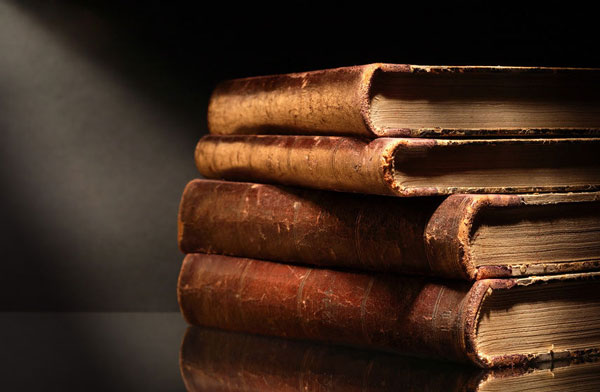
4. Ensure that the room in which the books are housed is clean, dust and insects free. The best way to ensure that there is no dust is to vacuum the books as well with a mini vacuum cleaner along the joints/gutters of the books. Keeping away insects is a slightly harder challenge to deal with. Make sure that you deal with any suspected infestation as quickly as possible so there is minimum damage to the books themselves. While in most cases, small amounts of boric acid is the way to go, make sure that the material used to make your antique book does not get affected by it.
5. Checking your books and the book shelves for moulds and mildew is very important. If books are stored at normal room temperatures, they are very susceptible to them both. Cleaning your antiquated book can be quite a task, here are the basic steps you can follow to clean your book: start with holding the book closed and cleaning it away from the shelves it sits in. If there is detailing on the cover or the binding of the book, you can remove the dirt trapped in it by using a paint brush. If there is dirt trapped in the gutters of the book, a small vacuum cleaner is a good idea so long as it is set at a low speed setting.
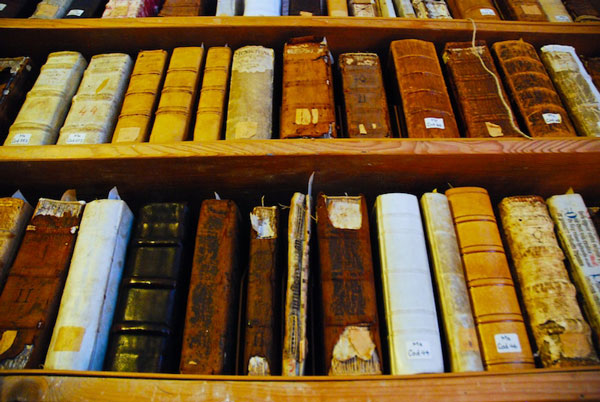
7. It is also important to stack books of relatively the same size together so that the binding and the outer cover of the larger books are not warped to the smaller ones’ size. Make sure that the books shelf is aired out, with enough gaps for the books to breathe. It can be hard trying to figure out the best kind of book shelf to buy for your collection. Talking to an expert in preserving books, or even a visit to the local book store might give you some ideas about the best way of doing this.
This is just step one in understanding how to care for your old books. Take some time out next Sunday, rummage through your attic and make sure that encyclopaedia your grandfather picked up when he was your age isn’t a feast for mould. Clean it out and put it up in the library, trust me, it’ll be great!
Article by,


Copyright © 2021 YK Antiques Home Museum
2 Responses
Caring antique books is really informative !
Annapurna garu,
It is nice to know that you have read the article on caring for antique books and you find it informative.I have noticed that when old books get damaged instead of finding good binder who can set it right,they are left alone to get disintegrated and finally thrown out.I thought writing an article on this subject will bring awareness about preserving the treaured good old books.